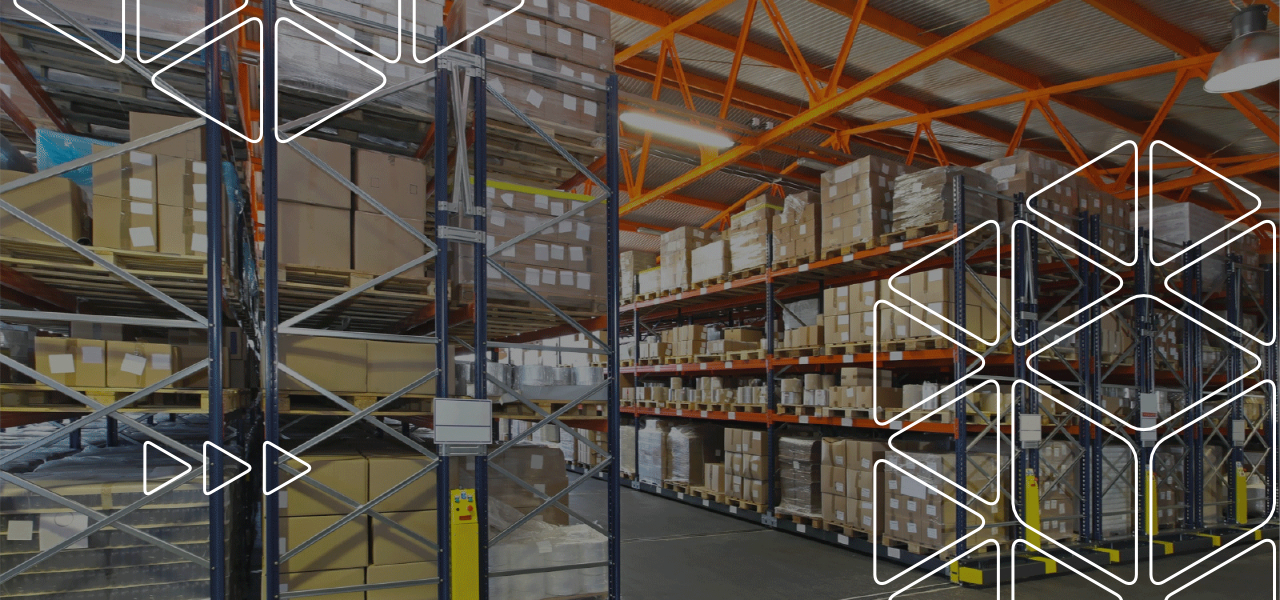 With the massive expansion of technology, the profile of markets has changed both in the business to business and business to consumer fields. Orders must be delivered in the shortest possible time, with the highest possible accuracy and the lowest possible costs. At the same time, the product portfolio has diversified, each business dealing with an increasing number of products.
With the massive expansion of technology, the profile of markets has changed both in the business to business and business to consumer fields. Orders must be delivered in the shortest possible time, with the highest possible accuracy and the lowest possible costs. At the same time, the product portfolio has diversified, each business dealing with an increasing number of products.
On the other hand, there are special requirements, such as batch traceability required by legal regulations in fields such as pharmaceutical or food, or traceability of single batches in order to ensure the guarantee of products such as electronic devices or car parts. In this context, coordinating the activity in a warehouse involves some extremely difficult, if not impossible, tasks without the assistance of specialized software.
If in the past a WMS system was a matter of optimizing costs and/or processes, today it represents a key element for any business that has one or more warehouses. To draw a parallel, today a WMS in the warehouse is the equivalent of the mobile phone in communications.
But what are the indicators that must be followed to establish the functionality of the system? They are established by each individual manager, depending on the vertical from which he comes, according to the difficulties he experiences and the objectives he proposes. But mainly one should look at the level of automation that the system brings, which means reducing the operating time for warehouse employees, the level of inventory control and optimization, the speed of processing, collection and delivery of orders, the integration with systems and devices that bring significant gains in time, accuracy and money, improving operator productivity.
In order to accurately establish the costs of implementing the WMS solution, a business analysis specific to the activity itself, as well as the problems encountered, is definitely needed. For an example of what the client can position in an estimated budget horizon, the costs of implementing a warehouse management solution can vary between 5,000 and 20,000 euros. In the case of FluxVision WMS, the solution offered by BITSoftware, we must not forget that being a cloud solution based on a variable subscription, additional licensing costs are eliminated.
There are many differentiators between FluxVision WMS and other solutions on the market, among the most important elements being configurability. More precisely, through the more than 100 editable functional parameters and editable workflows, FluxVision can be set directly by the customer. It's a critical feature especially for logistics operators (3PLs) who bring new customers with new ways of working into their portfolio, or open new warehouses, and can do these things without the need for software changes - changes that are usually very expensive.

